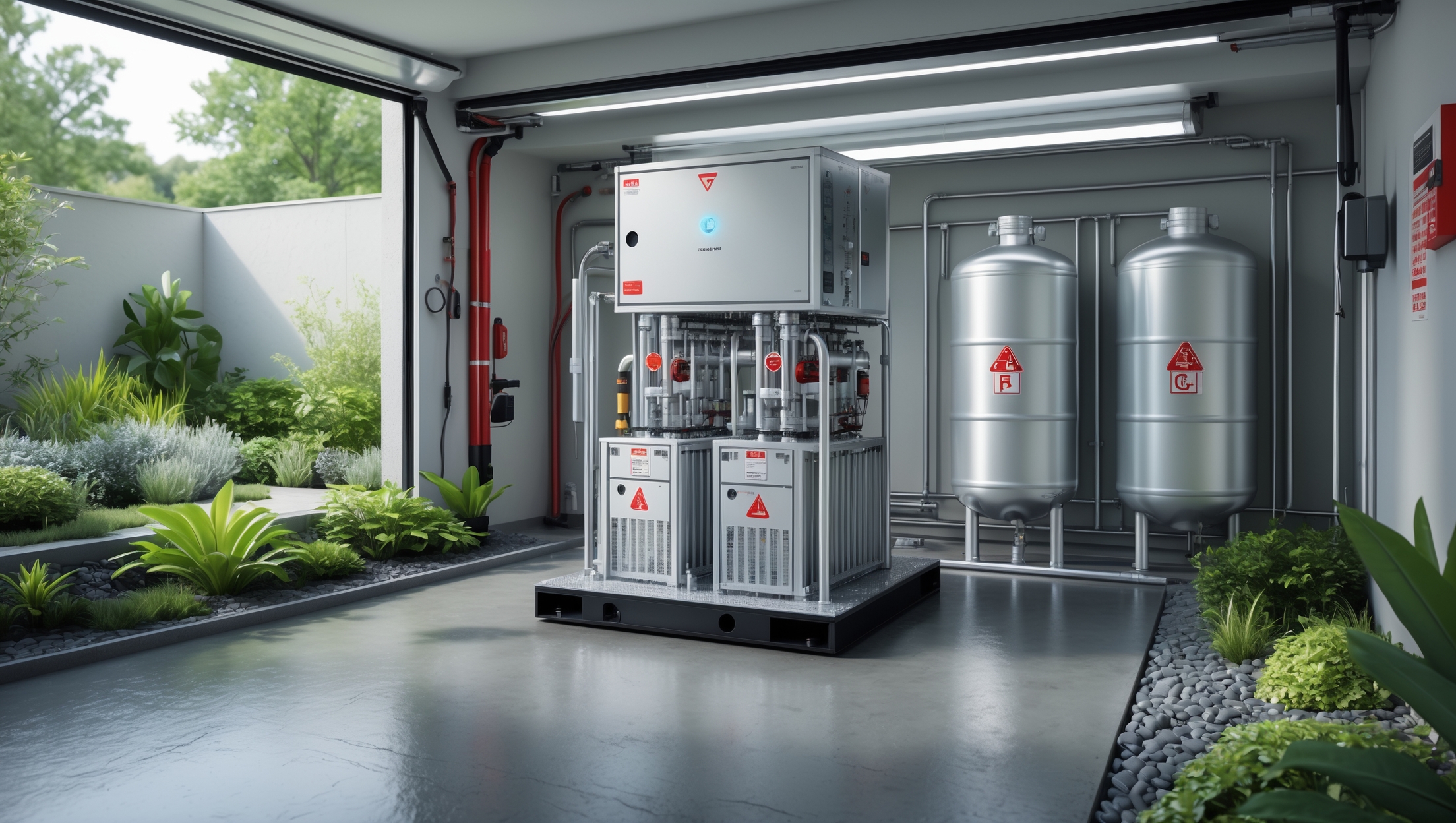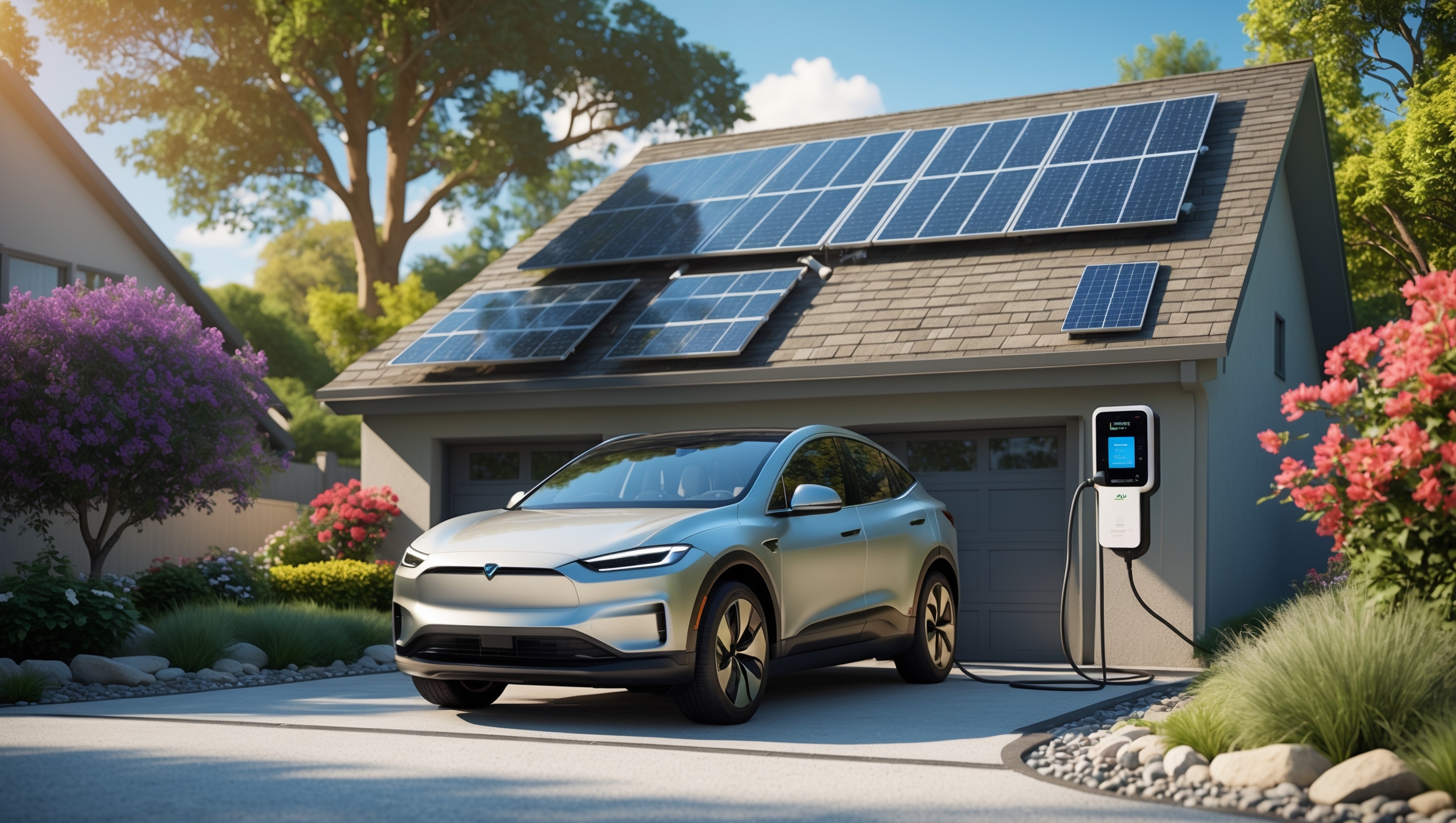Introduction: Why Solar-Powered Greenhouses Are the Future of Sustainable Gardening
Solar-powered greenhouses are rapidly gaining popularity among sustainable living enthusiasts, home gardeners, and eco-minded families. By combining the year-round growing benefits of a greenhouse with the clean, renewable energy of solar technology, these systems offer an opportunity to dramatically reduce your carbon footprint while enjoying fresh produce, flowers, and herbs in every season. However, as with any innovative system, there are critical mistakes that can hinder success—especially for beginners venturing into this green frontier for the first time.
Many first-time builders are lured by the promise of off-grid gardening but underestimate the complexity of integrating solar energy systems with the unique environmental demands of a greenhouse. This often leads to underperforming crops, wasted investments, and unnecessary frustration. In this comprehensive guide, we’ll break down the most frequent beginner mistakes when setting up a home solar-powered greenhouse. You’ll learn how to avoid costly missteps, optimize your design for efficiency, and set yourself up for a thriving, sustainable growing experience from day one. Whether you’re planning your first solar greenhouse or troubleshooting an existing setup, these insights will help you build resilience and success into your sustainable gardening journey.
Understanding the Fundamentals: Solar Power in Greenhouse Applications
Overview of Solar Greenhouse Systems
At its core, a solar-powered greenhouse harnesses sunlight in two primary ways:
- Passive Solar Gain: Using the greenhouse structure and glazing to maximize heat and light absorption for plant growth.
- Active Solar Systems: Integrating photovoltaic (PV) solar panels to generate electricity for heating, cooling, ventilation, and supplemental lighting.
Balancing these two aspects is essential for an energy-efficient greenhouse that supports healthy plants all year round.
Key Components
- Photovoltaic Solar Panels (roof or ground-mounted)
- Solar Charge Controller
- Battery Storage (optional for off-grid or backup power)
- Inverter (for AC-powered equipment)
- Heating Elements (solar-powered heaters, radiant floor systems)
- Ventilation and Cooling Systems (solar fans, automated vents)
- Supplemental Grow Lights (LED, solar-powered where possible)
Beginner Mistake #1: Underestimating Power Demand
Why It Happens
Many new solar greenhouse owners miscalculate the amount of electricity required to run heaters, fans, lights, and irrigation systems, especially during cloudy days or winter months. This can result in insufficient energy for critical systems, leading to temperature swings, stunted plants, or crop failure.
How to Avoid It
- Conduct a Detailed Energy Audit: List all electrical devices, note their wattages, and estimate daily run times.
- Account for Seasonal Variation: Solar output drops in winter; size your system for the lowest sunlight period.
- Include Safety Margins: Add at least 25% capacity above your calculated needs for unexpected loads or inefficiencies.
- Consult with Solar Professionals: Use online calculators or seek expert help if you’re unsure how to size your system.
Beginner Mistake #2: Poor Solar Panel Placement and Shading
Why It Matters
Solar panels must receive direct sunlight to perform optimally. Placing panels in shaded areas or at incorrect angles drastically reduces energy production. Trees, nearby buildings, or even seasonal sun angles can dramatically affect output.
How to Avoid It
- Analyze Sun Paths: Use sun path charts or smartphone apps to map sunlight throughout the year.
- Install Panels at Optimal Angles: Angle panels to match your latitude for maximum year-round efficiency, adjusting for seasonal needs if necessary.
- Minimize Obstructions: Trim trees or relocate panels if shadows fall on them during peak sunlight hours.
- Consider Ground-Mounted Arrays: If your greenhouse roof is shaded or structurally unsuitable, a ground mount nearby may be more effective.
Beginner Mistake #3: Overlooking Insulation and Thermal Mass
The Problem
Solar panels can provide power, but without proper insulation, much of the generated heat is lost, forcing your system to work harder and use more energy. Similarly, insufficient thermal mass means your greenhouse can’t store heat to buffer temperature swings.
How to Avoid It
- Use Double or Triple Glazing: These reduce heat loss while still allowing ample light.
- Seal All Gaps: Insulate around doors, windows, and foundation to prevent drafts.
- Incorporate Thermal Mass: Place barrels of water, stone, or brick inside the greenhouse to absorb heat during the day and release it at night.
- Insulate North Walls: Use solid, insulated panels on the north side (in the Northern Hemisphere) to reflect heat back into the greenhouse.
Beginner Mistake #4: Ignoring Automated Climate Controls
The Risks
Manual monitoring and adjustment of temperature, humidity, and ventilation are cumbersome and error-prone. Beginners often overlook the benefits of automated controllers, leading to overheating, rapid cooling, or high humidity—all of which stress plants and reduce yields.
How to Avoid It
- Invest in Solar-Powered Automation: Install thermostatically controlled vents, fans, and heaters to maintain stable conditions.
- Install Environmental Sensors: Use temperature, humidity, and soil moisture sensors for real-time monitoring.
- Use Timers and Smart Controls: Automate supplemental lighting and irrigation based on seasonal needs.
Beginner Mistake #5: Neglecting Water Management and Irrigation
Why It Matters
Greenhouses require consistent moisture, but improper irrigation can waste water and energy. Beginners often use high-pressure, AC-powered pumps or manual watering, both of which can be inefficient or unsustainable.
How to Avoid It
- Implement Drip Irrigation: Solar-powered drip systems deliver water directly to roots, minimizing waste.
- Collect Rainwater: Install gutters and storage tanks to capture rainwater for use during dry periods.
- Use Timed or Sensor-Based Watering: Prevent over- or under-watering by automating irrigation based on actual plant needs.
- Choose Low-Energy Pumps: Select efficient DC pumps compatible with your solar setup.
Beginner Mistake #6: Skimping on Battery Storage (if Off-Grid)
The Issue
If you’re relying on solar power alone, cloudy days or nighttime can leave your greenhouse without critical heat or ventilation. Undersized or poor-quality batteries will quickly degrade, leaving your plants vulnerable.
How to Avoid It
- Calculate Storage Needs: Determine how many days of autonomy are required for your location and growing goals.
- Invest in Deep-Cycle Batteries: Choose reliable lithium or AGM batteries designed for frequent charge/discharge cycles.
- Include Battery Monitoring: Install meters and alarms to keep track of battery health and prevent deep discharging.
- Consider Hybrid Systems: Combine solar with grid backup or small wind turbines for additional reliability.
Beginner Mistake #7: Overcomplicating the Design
The Problem
Many beginners are tempted by advanced gadgets, complex automation, or oversized systems that quickly become overwhelming to maintain and troubleshoot. This can lead to higher costs, more points of failure, and reduced enjoyment.
How to Avoid It
- Start Simple: Focus on the essentials—heating, cooling, and basic lighting—before adding advanced features.
- Build Modularly: Design your system so you can add components as your needs and skills grow.
- Prioritize Reliability: Choose proven technologies and avoid untested “hacks.” Simpler systems are easier to troubleshoot and maintain.
Beginner Mistake #8: Failing to Plan for Maintenance and Upgrades
The Risks
Solar panels, batteries, and greenhouse equipment all require periodic maintenance. Ignoring this reality leads to reduced efficiency, unexpected breakdowns, and expensive emergency repairs.
How to Avoid It
- Design for Access: Ensure panels, electrical boxes, and mechanical systems are easily reachable for cleaning and repairs.
- Schedule Regular Inspections: Clean panels, check for corrosion, and test all electrical connections at least quarterly.
- Keep Spare Parts: Stock extra fuses, connectors, and critical components to minimize downtime.
- Document Your System: Maintain a detailed log of components, wiring diagrams, and maintenance records for troubleshooting and upgrades.
Beginner Mistake #9: Overlooking Local Regulations and Utility Interconnection
Why It Matters
Building codes, electrical permits, and utility interconnection requirements vary widely. Failing to research and comply with these rules can lead to fines, forced modifications, or unsafe installations.
How to Avoid It
- Contact Local Authorities: Before building, check with your city or county planning office about greenhouse and solar regulations.
- Secure Necessary Permits: Obtain all relevant permits for construction, electrical work, and solar interconnection.
- Hire Licensed Professionals: For complex electrical work, use certified solar installers and electricians.
- Check Utility Requirements: If you plan to connect to the grid, make sure your solar system meets your utility’s standards for safety and metering.
Beginner Mistake #10: Underestimating the Value of Community and Expert Support
The Issue
Going it alone can make troubleshooting and innovation much harder. Many beginners don’t tap into the wealth of knowledge available from local gardening clubs, online forums, or sustainable living groups.
How to Avoid It
- Join Local and Online Communities: Find groups focused on solar gardening, greenhouse design, or sustainable living.
- Attend Workshops and Tours: Learn from others’ successes and failures by seeing real-world systems in action.
- Ask for Help: Don’t hesitate to seek advice from experienced growers, solar installers, or extension agents.
Conclusion: Building a Thriving, Solar-Powered Greenhouse for the Long Term
Transitioning to a solar-powered greenhouse is a bold and empowering step toward a more sustainable, resilient lifestyle. By learning from the most common beginner mistakes, you can dramatically increase your chances of success, avoid unnecessary costs, and create a thriving environment for your plants and your family. Pay close attention to power calculations, system sizing, insulation, and automation—these foundational elements set the stage for healthy, productive crops and low-stress operation.
Remember, every greenhouse and solar setup is unique. Take the time to tailor your system to your local climate, available space, and personal goals. Don’t rush the planning stage—consider your needs for every season, and think several years ahead to ensure your system can evolve as your gardening ambitions grow. Stay proactive with maintenance, keep learning from your community, and never hesitate to seek expert advice when needed.
Most importantly, embrace the journey. Mistakes are part of the process, but with the right preparation and support, you’ll find that the rewards—a reliable supply of fresh, homegrown food and a smaller ecological footprint—are more than worth the effort. Your solar-powered greenhouse can become a cornerstone of sustainable living, demonstrating what’s possible when renewable energy and green innovation come together in the backyard. Happy growing!





For someone in the Midwest where we have cold, cloudy winters, would you recommend prioritizing passive solar gain in the greenhouse structure or investing more in active PV panels to handle winter heating needs?
In the Midwest’s cold, cloudy winters, maximizing passive solar gain through greenhouse orientation, insulation, and thermal mass is crucial since sunlight is limited. However, you may still need supplemental heating. Combining passive design with some active PV panels for backup heating or running fans can offer reliability. Prioritize passive features first, then invest in PV panels if your heating needs remain unmet.